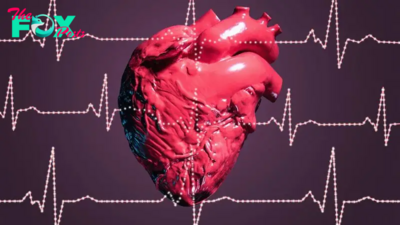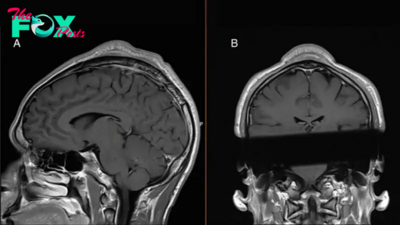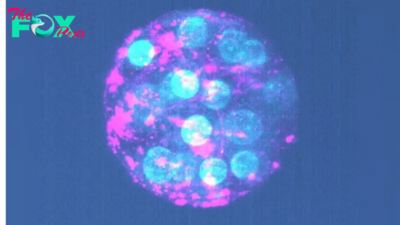Health
'This is largely uncharted territory': Scientists reveal the brain's 'fear circuit' works differently than we thought
Scientists just discovered that the primary messengers controlling the brain's "fear circuit" aren't what we thought they were.
When you accidentally touch a pan on the stovetop or brush up against a scalding hot iron, you reflexively pull back with a feeling of pain and a sudden sense of danger. This is because the pain receptors in your hands shoot a signal through your spinal cord and brainstem, where a specific group of neurons then sends those signals to the brain's fear center, the amygdala. This triggers an emotional fear response that, in this case, helps us remember to avoid touching hot surfaces — but this fear-driven mechanism also comes into play in many other scenarios.
Our ability to respond to and create a threat memory following pain happens quickly, and it is an important survival mechanism. But in disorders such as post-traumatic stress disorder and severe anxiety, this fear and threat response can go haywire.
Existing treatments for these disorders are only partially effective at treating the symptoms and mainly focus on tweaking molecules known as "fast-acting neurotransmitters." These extra-speedy chemical messengers are generally accepted as the relayers of rapid responses, such as pain, fear and danger avoidance. But a recent study, published July 22 in the journal Cell, calls that into question.
Related: Traumatic memories are processed differently in PTSD
Sung Han, a faculty member at the Salk Institute, and his colleagues hypothesized that other molecules could be involved in rapid fear responses — specifically, they pointed to slower-acting molecules called neuropeptides. But the proper tools to study these molecules didn't exist.
For their study, the researchers developed a new system to identify and modulate neuropeptides in live mice, and they found that it was these slow-acting molecules, not the fast-acting neurotransmitters, that play a primary role in the fear response circuit.
-

 Health3h ago
Health3h agoThe Surprising Benefits of Talking Out Loud to Yourself
-

 Health5h ago
Health5h agoDoctor’s bills often come with sticker shock for patients − but health insurance could be reinvented to provide costs upfront
-

 Health11h ago
Health11h agoHow Colorado is trying to make the High Line Canal a place for everyone — not just the wealthy
-

 Health20h ago
Health20h agoWhat an HPV Diagnosis Really Means
-

 Health1d ago
Health1d agoThere’s an E. Coli Outbreak in Organic Carrots
-

 Health1d ago
Health1d agoCOVID-19’s Surprising Effect on Cancer
-

 Health2d ago
Health2d agoColorado’s pioneering psychedelic program gets final tweaks as state plans to launch next year
-

 Health2d ago
Health2d agoWhat to Know About How Lupus Affects Weight


























